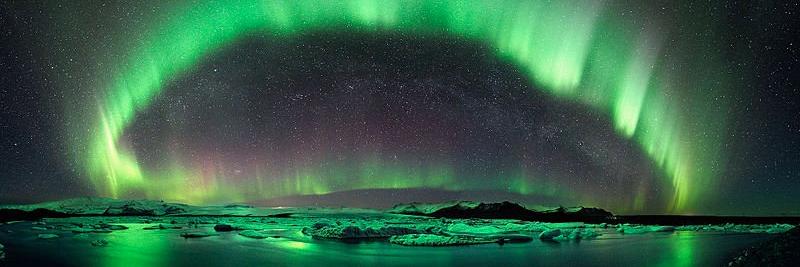
Aurorasaurus
@TweetAurora
New Mexico Consortium #CitizenScience creating real-time aurora maps! Posts by @bubblyplasma, @SNHWx. http://linktr.ee/aurorasaurus, Guidelines: https://bit.ly/3gtYKAj
A team from @UofMich is working with @NASA to create a new approach to measure Earth’s magnetic fields by developing a new system that can both take scientific measurements and provide spacecraft attitude control functions. Learn more: science.nasa.gov/science-resear…
Aurora photographers may be interested! capturethedark.darksky.org/contest2025
NASA’s TRACERS spacecraft have arrived at Vandenberg Space Force Base in California. Next destination: space! 🚀 TRACERS (Tandem Reconnection and Cusp Electrodynamics Reconnaissance Satellites) are a pair of spacecraft that will orbit Earth to study magnetic reconnection —…
While we're waiting with bated breath for CME arrival sometime tomorrow, a quick reminder that if you try to view the aurora, you can make an aurora report to aurorasaurus.org for science! ✨🦕

No, you didn’t see STEVE this weekend.. you actually saw the first sighting of WILBUR (White Ionized Launch Byproduct Upper-atmospheric Ribbon), STEVE’s adopted son.
Do THESE look familiar? 👇 If so, you could help @DoNASAScience! Noctilucent, or night-shining, clouds are the world’s highest clouds, forming between about 47 to 53 miles up in Earth’s mesosphere. Their high altitude (and their ice-crystal composition) allows them to reflect…
So much possibility to @DoNASAScience with these incredible images and so wonderful to have such a talented photographer on orbit. Some incredible aurora images!
Star trail from ISS; I think these are a blend of both science and art. There is so much techno-geek stuff to see, or you can simply sit back and think “How cool”. This one shows atmospheric airglow, yellow-green at 120km and the fainter upper red at 400km, star trails moving in…
This is the extent to which the aurora was seen one year ago today. One of the largest aurora events in all of recorded history, actually. The different colors of dots represent the dataset used to log the reports.
NASA’s PUNCH Catches First Rainbow and Other New Images science.nasa.gov/blogs/punch/20… via @NASA
It's an aurora-versary! We are grateful to everyone who submitted reports--both during the storm and afterward--you made it our biggest reporting day in the history of Aurorasaurus! Stay tuned in the coming months for news on our May storm data processing efforts... 👀
One year ago today, the Sun unleashed a torrent of eruptions that caused the biggest geomagnetic storm in over two decades. Auroras filled the skies as far south as Mexico! 🤩 But the storm’s impacts reached even farther and wider than you might think. Here’s some of what…
This is an incredible mega-thread!
Have you seen fragmented aurora-like emissions (FAEs)? These small aurora “tick-tacks” are a newly-discovered phenomenon that has important implications in the aurora science community! If you think you’ve seen these in your photos, keep reading to find out how you can help.
That’s a wrap on Citizen Science Month—and we crushed our goal of #OneMillionActsOfScience! Because of you, discoveries were made, mysteries explored, and lives protected. This is what science looks like when everyone gets to participate. 💫 Keep going: science.nasa.gov/citizen-science
Launching today! 🚀 Join Galaxy Zoo to help identify the shapes of galaxies in over 500,000 @NASAWebb images, many of which have never before been seen by human eyes! Together, we'll study how galaxies have changed over billions of years. Learn more: go.nasa.gov/3SahwSD
In the aurora chasing community, we celebrate how this beautiful phenomenon brings us together. Participants in this year's Winter Field School felt the same! Read their moving epiphanies in our latest blog post: blog.aurorasaurus.org/?p=2178

This 4th week of #CitizenScienceMonth, we’re highlighting how NASA #CitizenScience helps solve real-world problems to protect life on Earth. Stay tuned as we share two powerful ways volunteers are making a difference—right here on our home planet: science.nasa.gov/citizenscience
One of the largest coronal holes observed by SDO is now facing Earth!
Chasing the Northern Lights. 2025 is the peak of the solar cycle, and with it more auroras. Come out and enjoy the wonderful gift from the heavens. Report aurorasaurus.org @TweetAurora @davidwolman #aurora #northernlights #auroraborealis #canada #alberta #edmonton
I promised Svalbard I would wave to everyone there when I flew over them! Hi Svalbard 👋 and particular thank you to our auroral scientists and photographers #SolarMaxMission for participating in #Fram2
